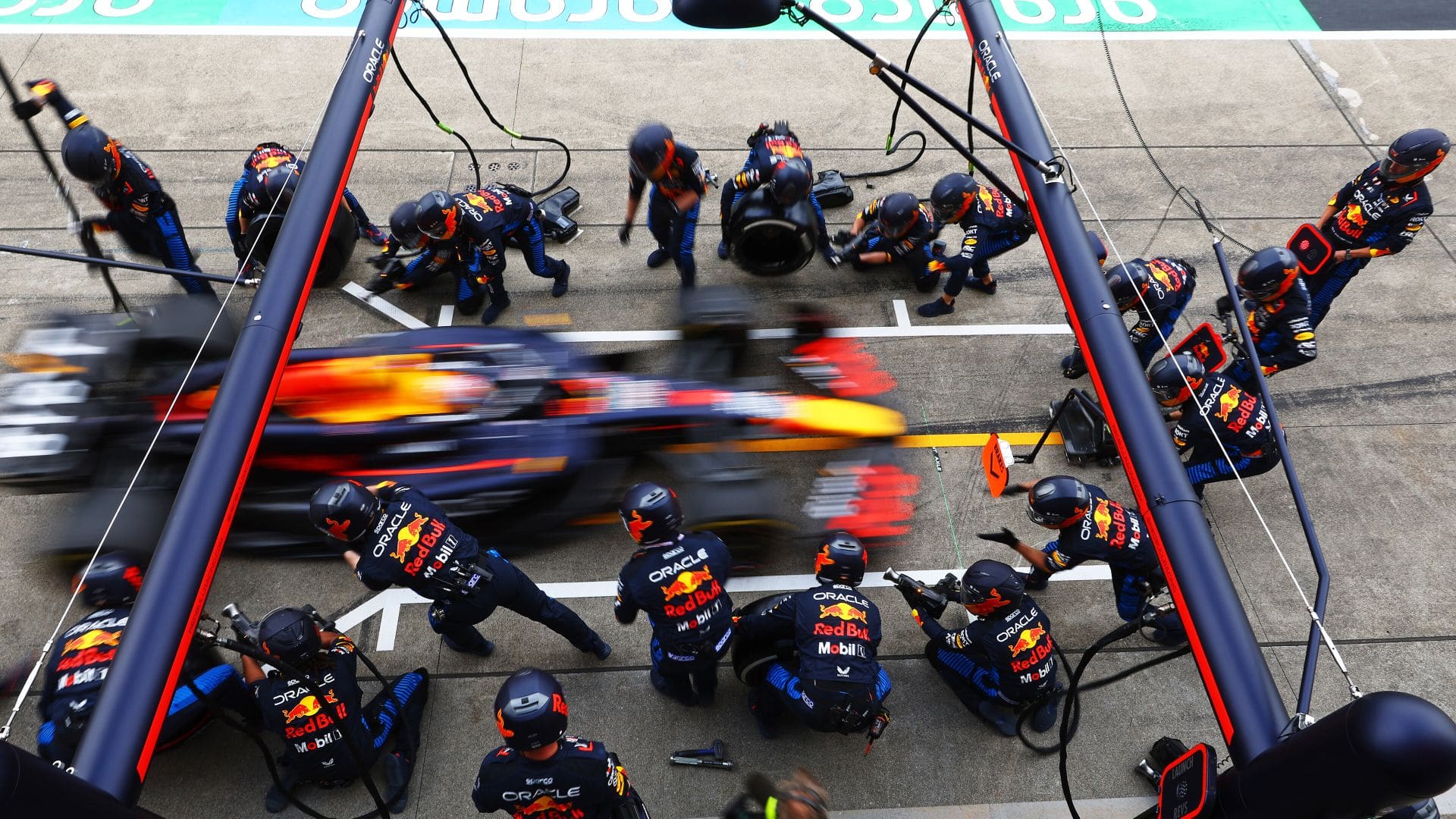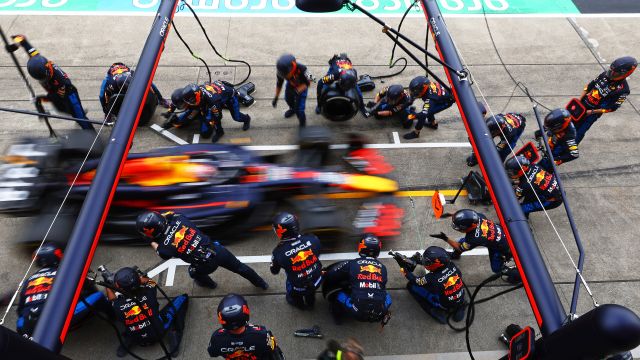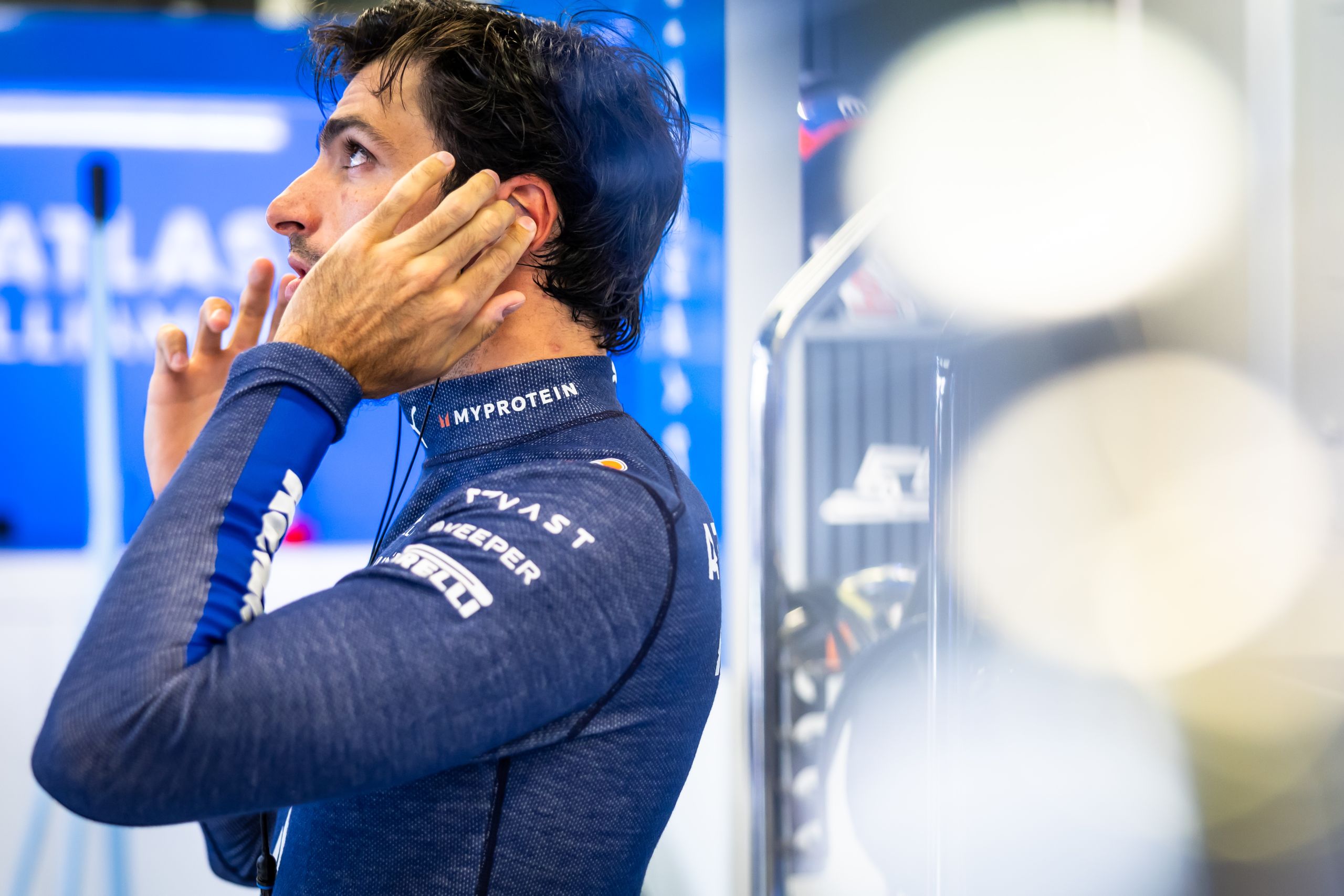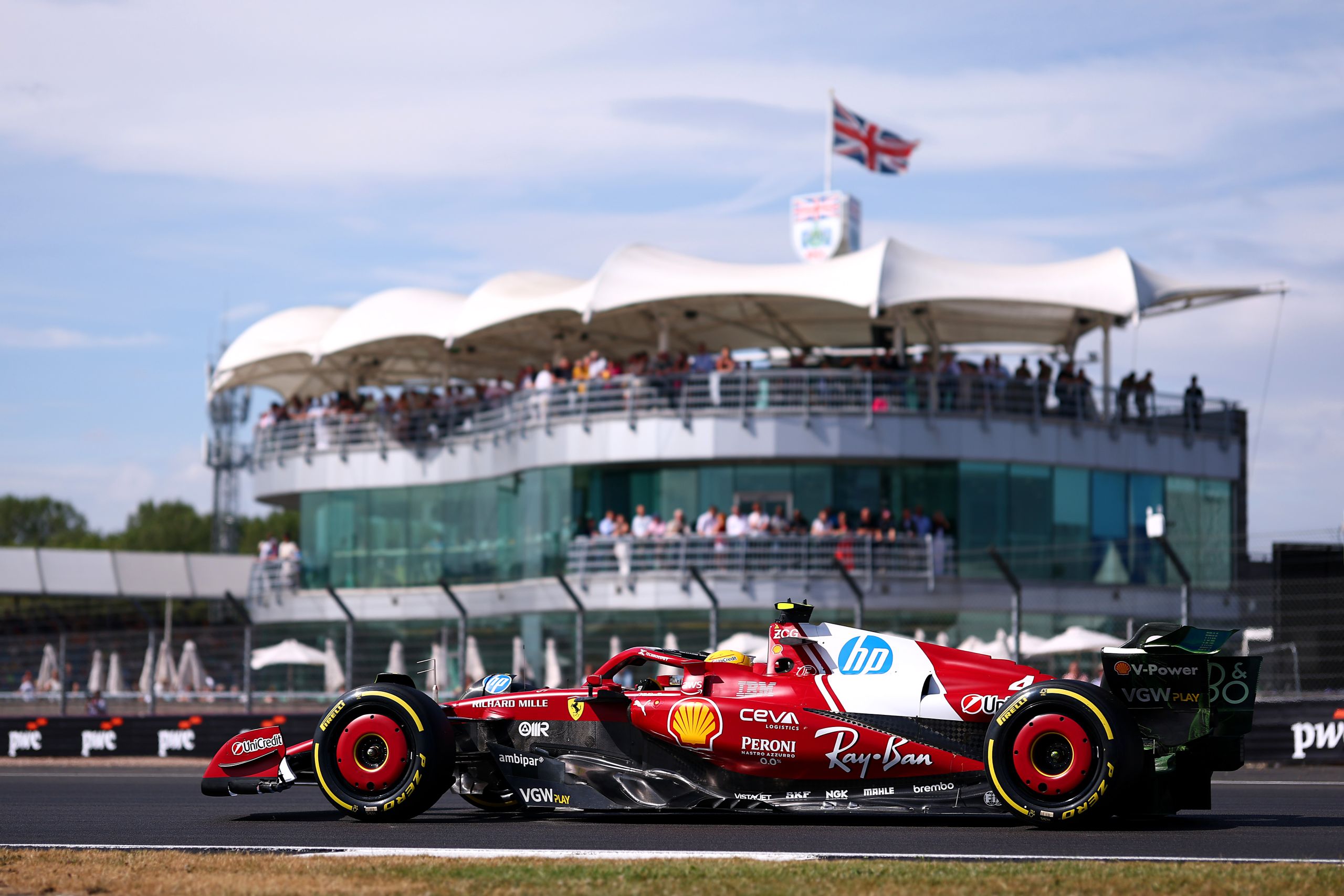Understand Workplace Safety And Workers’ Compensation In F1


Formula 1 (F1) is the best automotive racing sport globally and is well-known for its amazing speed, accuracy, engineering, and technology. However, beneath the glamor of this sport, a lot happens to ensure the safety of its personnel, engineers, mechanics, and all other support staff who make it all happen smoothly despite drivers being in the limelight all the time.
But what if something goes wrong in the car?
What are some possible safety measures, and how can workers in this dangerous industry be safeguarded?
In this article, we will discuss the overlooked aspects of employee safety and worker’s compensation in the F1. So, let’s go ahead!
What are the Challenges Faced by F1 Employees?
Being part of an organization involved in Formula One activities is different from any other job. Employees who work for F1 tend to find themselves in dangerous situations, whether there is a pit stop during a race when practicing on the track or even in the factories that manufacture high-tech cars. Due to its rate and intricacy, this sport always demands serious professional consideration.
Pit stops (2.5 seconds or less) are one of the biggest hazards for Formula 1 personnel. The pit crew has limited time to carry out their duties, such as changing tires or making adjustments for racing cars’ dangerously fast speeds. A tiny error can cause severe injury not only to the mechanic but also put a driver’s life at risk, in addition to that of other nearby individuals. Hence, the pressure on the pit crew is enormous, and they have no room for mistakes.
The same holds for mechanics and engineers working in places far away from the racetrack, including garages and workshops where automobile parts of racing cars are made. Although they work in different settings, such workers encounter significant pressure as well because if any accident happens due to their negligence, the results can be severe. There are various protocols for safety in F1, but they change constantly.
Protocols for Safety in Formula 1: Constantly Changing
The FIA (Fédération Internationale de l’Automobile) has improved much on F1’s safety rules over time. The intention behind such changes is to ensure not only that drivers are provided with adequate protection but also that other people involved in the sport remain safe. For instance, pit crew members are mandated by law to wear fireproof clothes and handle dangerous substances as per strict guidelines to ensure their safety.
The area of attention has been mental health care and psychosocial support of F1 personnel, which has improved greatly over the past years. F1 drivers may get burned out or fall ill as a result of stress owing to high-pressure environments they live under at times. Consequently, many teams have established mental healthcare services so that they can remain fit.
Nonetheless, accidents still happen despite all these safety precautions, and workers’ compensation is put into play during such instances. However, various problems are faced by F1 personnel for compensation.
The Problem of Workers’ Compensation in F1
The information regarding compensation or injured personnel is hard to know, which raises some important questions.
How do injured employees get compensated?
What protections are there for long-term injuries?
These aren’t easy questions to answer.
In general, workers’ compensation in F1 is likely handled by the teams individually, based on the seriousness of the injury and the role of the person. Nevertheless, all these situations have not been discussed publicly, making it hard to know if these measures are enough.
To address this concern, we reached out to the Pacific Attorney Group, a law firm that specializes in workers’ compensation cases. Mark Shayani, a representative from the Pacific Attorney Group, stated, “In the fast-paced world of Formula 1, it’s crucial that all employees, from pit crews to engineers, understand their rights when it comes to workers comp attorney. The risks in F1 are unique, and teams should be proactive in ensuring their staff is well-protected and fairly compensated in case of injury.”
This emphasizes the need for a sound compensation system within an industry where danger lurks at every turn. Workers’ compensation attorneys play a crucial role in helping injured workers navigate the difficult process of obtaining benefits for their injuries.
F1 is a high-risk job for either the pit crew workers or the drivers, mechanics, or even the engineers. The attorney ensures that the injured workers receive fair compensation for the medical bills, lost wages, and long-term impacts. They recognize the issues that are specific to the F1 environment and work to protect the rights of employees in whatever manner possible, including through negotiation and litigation. An F1 workers’ compensation lawyer offers much-needed legal support, aids injured staff in recovery, and helps secure their financial future.
This is an important reminder that Formula One racing is also full of risks despite its reputation for being an exciting, and glamorous sport.
Improvements in F1 Safety: What Lies Ahead
Formula 1 is undergoing dynamic changes, and the expected response to workplace hazards and worker benefits should also change. In this regard, the sport’s governing bodies, teams, and other personnel should work together to protect all individuals involved in F1.
One way to achieve transparency is to provide clear guidelines related to worker compensation structures. This action will create trust between team members and demonstrate a genuine concern for their welfare.
The second most important area is on mental health issues. As the sport progresses towards more physical demands and mental pressures, team members must be given comprehensive support systems.
Conclusion
Even though there have been significant advancements in the safety domain regarding Formula 1 racing, some loopholes still exist, particularly with respect to employees’ remuneration plans. For continued breathtaking shows over the ages, it is paramount for sports to safeguard their greatest treasure “human beings”.





